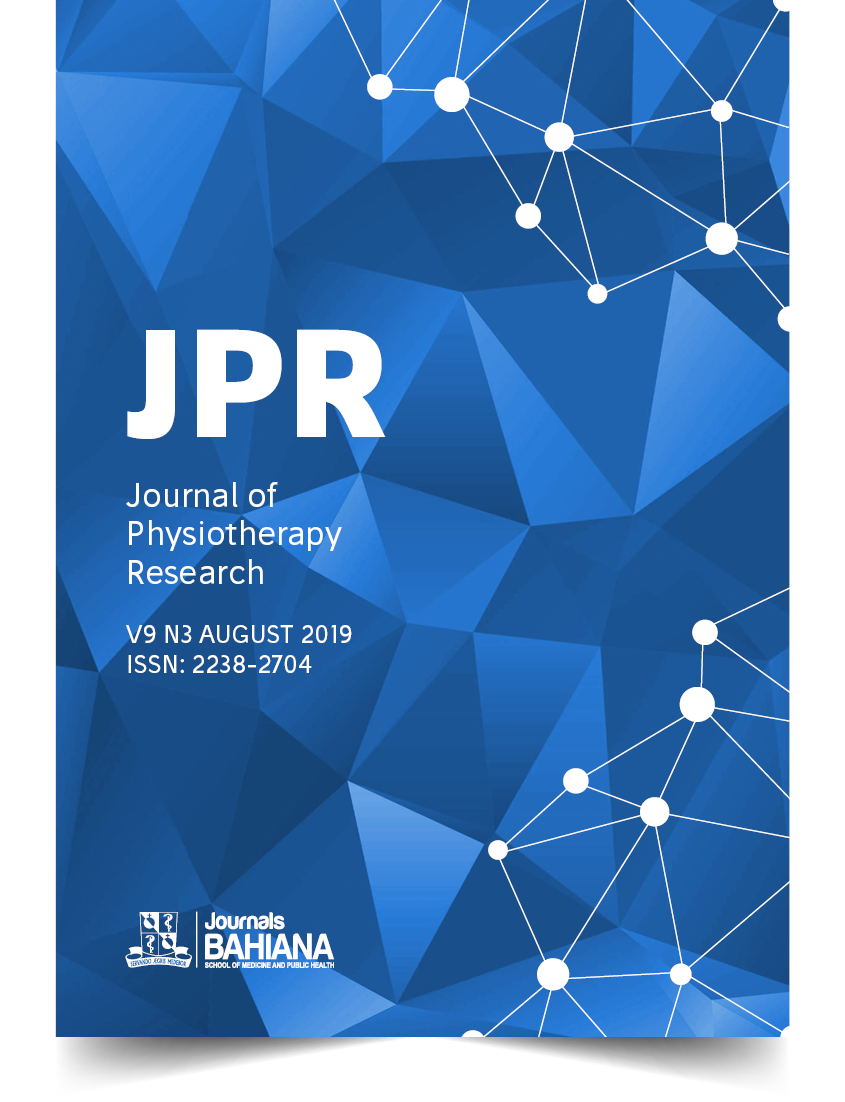Use of non-invasive ventilation in ARDS and secondary pneumonia H1N1: systematic review
DOI:
https://doi.org/10.17267/2238-2704rpf.v9i3.2373Keywords:
Non-invasive Ventilation. Influenza A Virus H1N1 Subtype. Serious Acute Respiratory Syndrome.Abstract
INTRODUCTION: Influenza A is an acute respiratory infection, associated with epidemics and pandemics, being a virus with seasonal behavior. Early use of noninvasive ventilation has been shown to be first-line treatment in patients with respiratory distress syndrome and influenza A H1N1 secondary pneumonia, resulting in lower mortality rates. OBJECTIVE: To investigate through a systematic review the use of noninvasive ventilation in patients diagnosed with influenza A H1N1, secondary to pneumonia and acute respiratory distress syndrome. MATERIALS AND METHODS: Searches were carried out in the Capes, Science Direct, SciELO, and Pubmed journals, selecting the studies developed in the last 10 years, with no language restriction for the research. The methodological quality of the studies was indicated using the PEDro scale. RESULTS: 16 studies met the eligibility criteria and were included in this study according to PEDro score. Where 9 studies showed that the use of noninvasive ventilation was efficient in patients with medium and low hypoxemia, decreasing the rate of orotracheal intubation and associated diseases, shorter hospital stay and lower mortality rates. CONCLUSION: The use of NIV in patients with Acute Respiratory Distress Syndrome and influenza A H1N1 secondary pneumonia has been shown to be relevant for reversing moderate and mild hypoxemia. Well-established criteria, parameters and protocols become very useful, along with experienced and prepared professionals, thus aiming at a lower rate of orotracheal intubation and associated diseases, and consequently a shorter hospital stay and lower mortality rates.



